
The Four Diagnostic Methods of Traditional Chinese Medicine
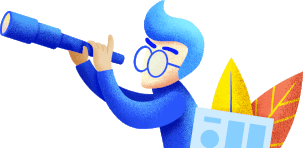
Refer to the four methods of diagnosis: observation, listening, inquiry, and palpation.
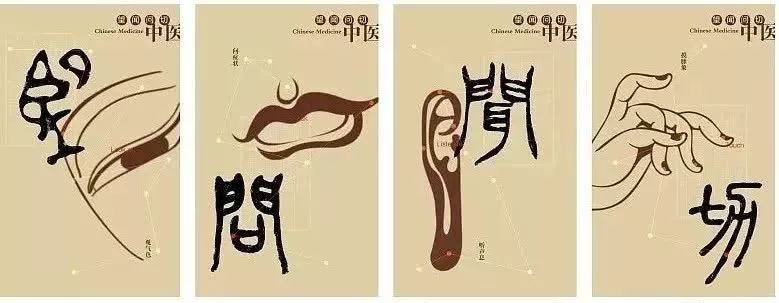
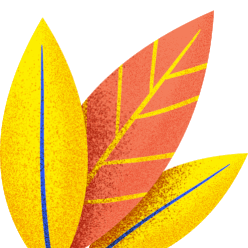

Observation involves purposeful observation of the patient’s spirit, complexion, form, posture, and tongue appearance to assess internal organ pathology.
Listening includes both auditory and olfactory aspects. For example, one can discern the condition of the patient by listening to the tone, strength, clarity, and urgency of their speech, which helps differentiate between deficiency and excess, cold and heat. Abnormal tastes in the mouth can also indicate the body’s condition.
Inquiry involves asking the patient or their companions about the illness, focusing on symptoms such as cold or heat, sweating, sleep, bowel movements, as well as the onset, causes, progression, past medical history, and lifestyle habits related to the illness. Inquiry is one of the important methods for understanding the condition and medical history, holding a significant position among the four diagnostic methods.
Palpation includes pulse diagnosis and pressure diagnosis, where the practitioner uses tactile sensation at specific body parts to understand the condition.

Five Organs and Five Colors
Today, let us delve deeper into “Observation.” The “Nanjing – Sixty-One Difficulties” states: “To know by observation is called spirit.” Renowned Qing Dynasty physician Lin Zhihan in “Four Diagnostic Methods” emphasized that “the four diagnostics are the foremost duties of Qi Huang, with observation being particularly critical,” highlighting the importance of observation in clinical practice.
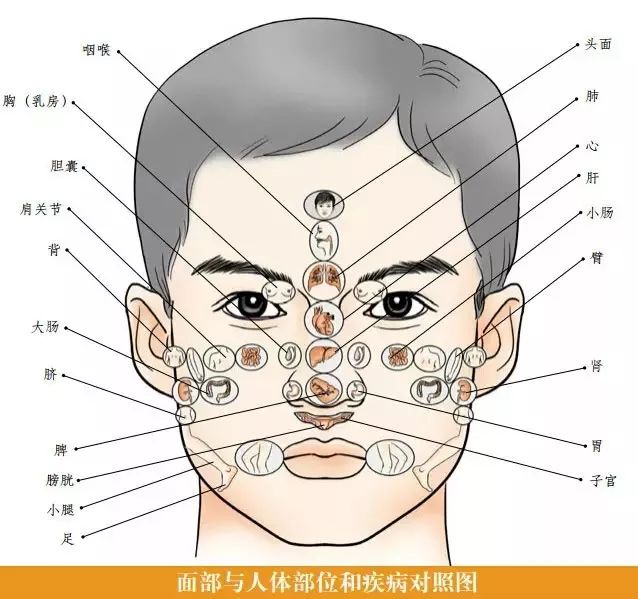
The focus of observation is to examine the face, eyes, and the changes in the five colors (red, yellow, blue, white, black) which reflect the conditions of the five organs. The nose, eyes, lips, tongue, and ears correspond to the lungs, liver, spleen, heart, and kidneys respectively. By observing the shape and color of these features, one can diagnose the functions of the five organs. The color and shape of the facial features not only indicate the location of the illness but also suggest the strength or weakness of pathogenic factors and the deficiency or excess of the organs.
The “Observation Guidelines – Seasonal Observations” states: “When observing the differences in the five colors, one must consider the changes of the four seasons,” as different seasons correspond to different colors.
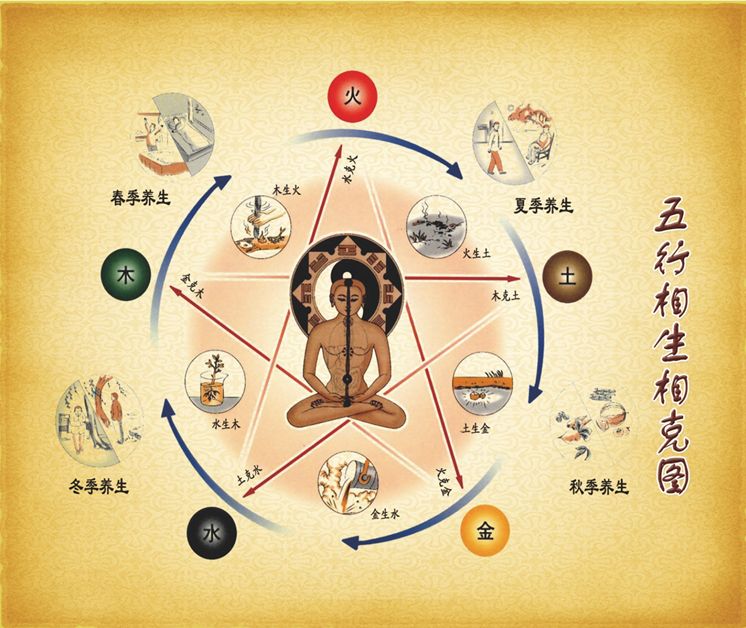
In spring, the liver is vigorous, and its color should be green, which belongs to the lesser yang;
In summer, the heart is vigorous, and its color should be red, which belongs to the greater yang;
In late summer, the spleen is vigorous, and its color should be yellow, which belongs to the center;
In autumn, the lungs are vigorous, and its color should be white, which belongs to the lesser yin;
In winter, the kidneys are vigorous, and its color should be black, which belongs to the greater yin.
“If the colors of the four seasons are balanced, there will be no illness.” If the dominant color of the season appears, it indicates health; “If a person with an external cold disease shows a yang color, it is easy to treat; if a yang disease shows a yin color, it is difficult to treat; if an internal injury of a yang disease shows a yin color, it is easy to treat; if a yin disease shows a yang color, it is difficult to treat.” This indicates that skin color changes with the seasons.
The “Observation Guidelines – Day and Night Observations” also mentions that a person’s skin color changes with the temperature variations of day and night. During the day, the skin color is “radiant and outwardly reflected,” while at night it is “bright and moist internally contained.” On sunny days, it appears “yellow-red,” and on cloudy days, it appears “blue-black.”

“Tongue as a Barometer”
Among them, observing the tongue “to diagnose the cold, heat, deficiency, and excess of the five organs” is a unique feature of TCM diagnostics. The earliest record of tongue diagnosis in TCM is found in the oracle bones of the Yin and Shang dynasties.
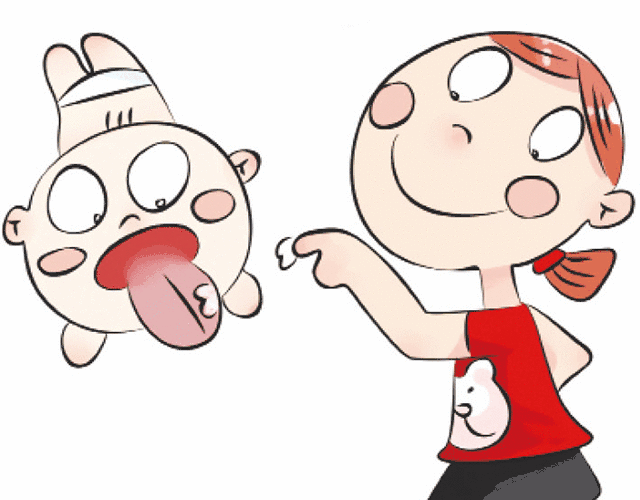
The tongue is a “barometer” reflecting the body’s diseases. All five organs and six bowels are directly or indirectly connected to the tongue through meridians and channels. When observing the tongue, careful attention should be paid to the tip, center, sides, and root. The Qing Dynasty physician Jiang Hantang in “Bihua Yijing” clearly stated that different parts of the tongue correspond to specific organs. “The tongue is the window of the heart; all diseases manifest on the tongue. By discerning its color, the evidence becomes apparent. The tip of the tongue corresponds to the heart, the center corresponds to the spleen and stomach, the sides correspond to the liver and gallbladder, and the root corresponds to the kidneys.”
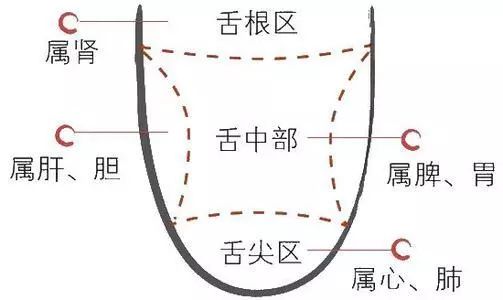
Due to the convenience of tongue diagnosis, it plays an important role in the diagnosis and treatment of internal medicine, gynecology, and pediatrics. With the development of society, modern objective research methods for tongue diagnosis are also continuously advancing.


Observations of Tongue Diagnosis in Hepatitis Patients
Ye Yong’an et al. analyzed the tongue diagnosis data of 1003 chronic hepatitis B patients, revealing that patients with liver qi stagnation and spleen deficiency showed a pale red tongue with a white coating, thin coating, and a swollen tongue with teeth marks more frequently than those with liver and gallbladder damp-heat syndrome; the occurrence of a red tongue with a yellow coating and greasy coating was lower than that of the liver and gallbladder damp-heat syndrome, consistent with clinical observations.

Observations of Tongue Diagnosis in Insomnia Patients
Wang Chunrong et al. observed the tongue quality and coating of 251 insomnia patients and 50 good sleepers, finding that the insomnia group had significantly higher occurrences of bright red and dark red tongues compared to the control group; the control group had significantly more pale white and dark red tongues than the insomnia group. This indicates that the depth and dullness of tongue color are important indicators for assessing the cold and heat of the organs.

Observations of Tongue Diagnosis in Pediatric Diseases
Hong Jiaxuan found that children with a history of asthma often exhibit changes in tongue quality and coating before an asthma attack. The tongue quality changes from slightly red to red, and the coating changes from thin to thin yellow to yellow greasy, which is most common in children with a damp-heat constitution; geographic tongue and map tongue are often seen in children with heat and fluid deficiency, and the tongue quality and coating change with the child’s illness. Timely observation of tongue changes in children can guide medication and prevent asthma attacks, achieving the goal of disease prevention.

[1] Huang Zili. Collection of Ancient Chinese Medical Literature [M]. Shantou: Shantou University Press, 2003: 250
[2] Ye Yong’an, Tian Delu, Jiang Jian, et al. Clinical study on the characteristics of tongue diagnosis in 1003 patients with chronic hepatitis B (ALT≧2×ULN) [J]. World Journal of Traditional Chinese Medicine, 2015, 10(9): 1299-1304.
[3] Wang Chunrong, Jiang Liangduo, Kang Lei. Characteristic study of tongue diagnosis in 215 insomnia patients [J]. Journal of Basic Chinese Medicine, 2013, 19(12): 1424-1427.
[4] Hong Jiaxuan. The importance of observation in pediatric disease differentiation [J]. Chinese Journal of Traditional Chinese Medicine Science and Technology, 2015, 22(1): 58.
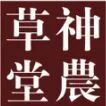
Guangzhou Shennong Herbal Hall Traditional Chinese Medicine Museum
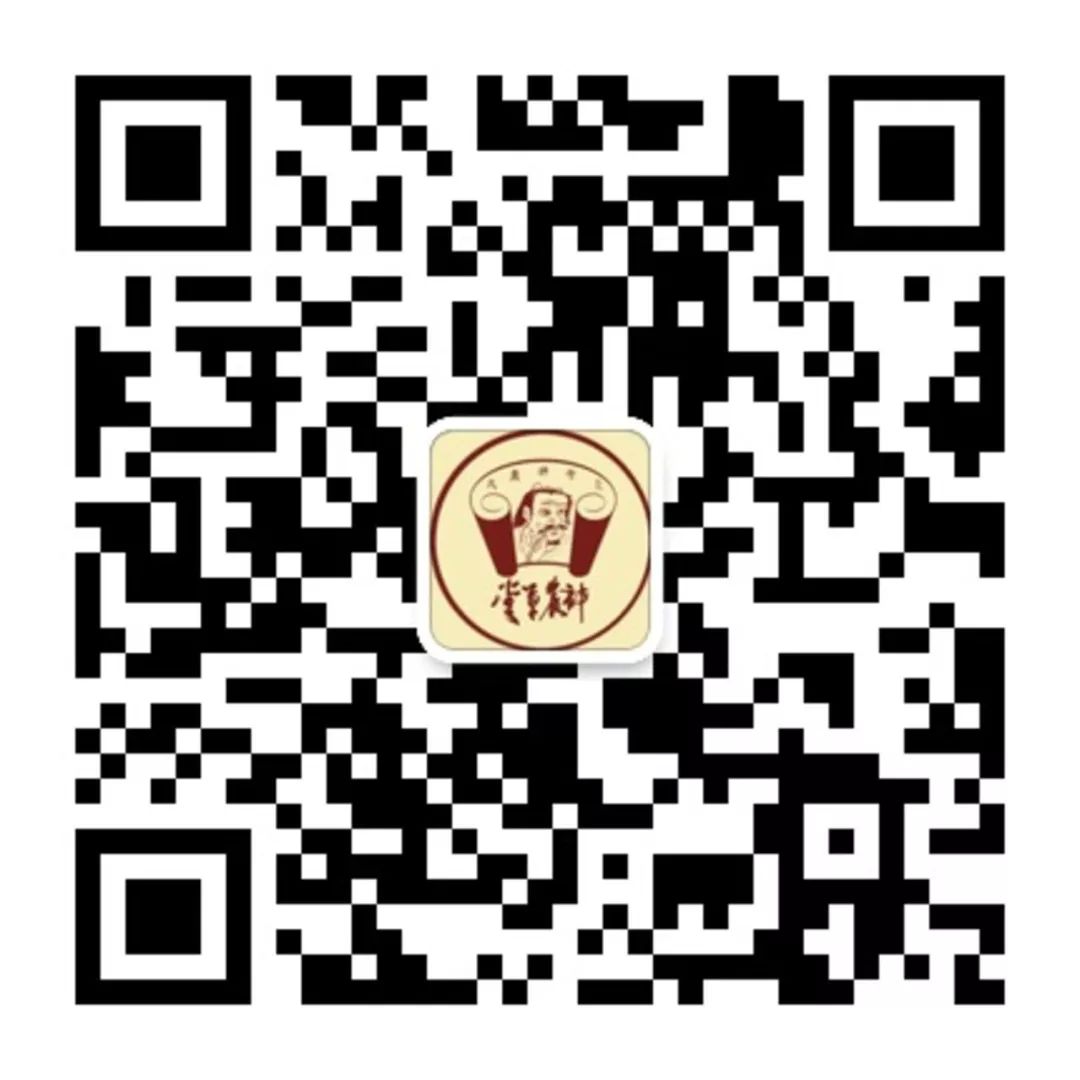
National AAAA-level tourist attraction
The first museum in the country that integrates “nature” and “culture” in a semi-open format for Traditional Chinese Medicine.

